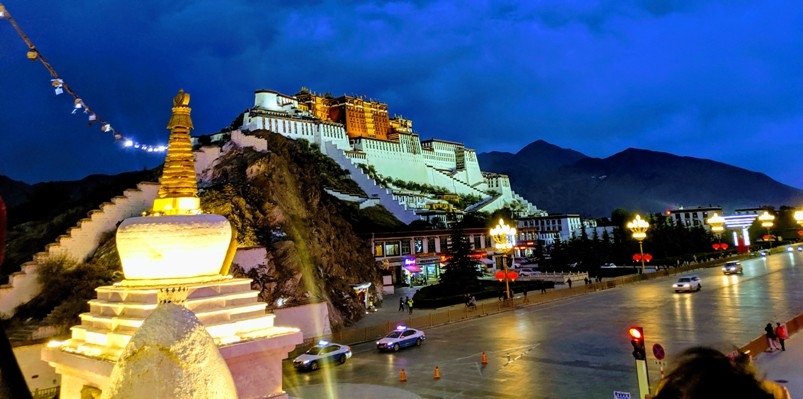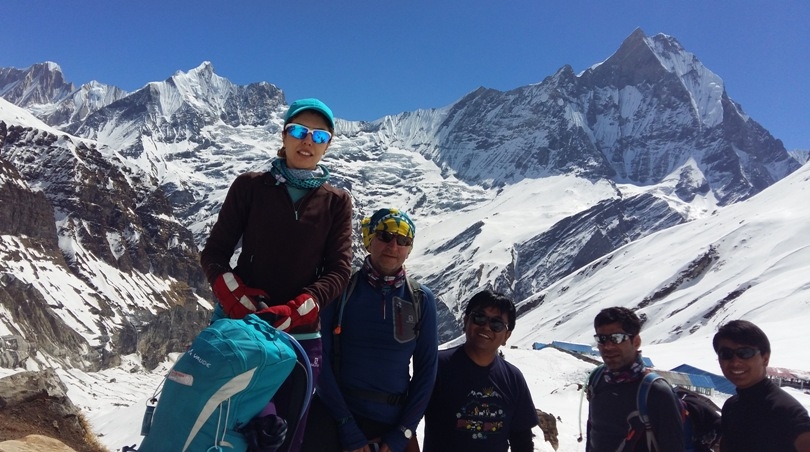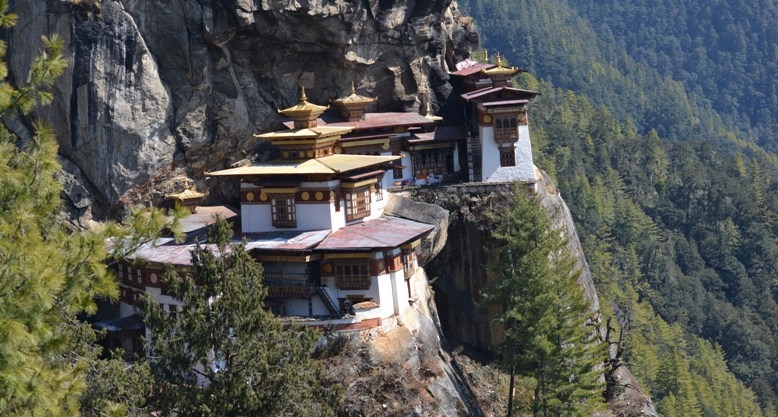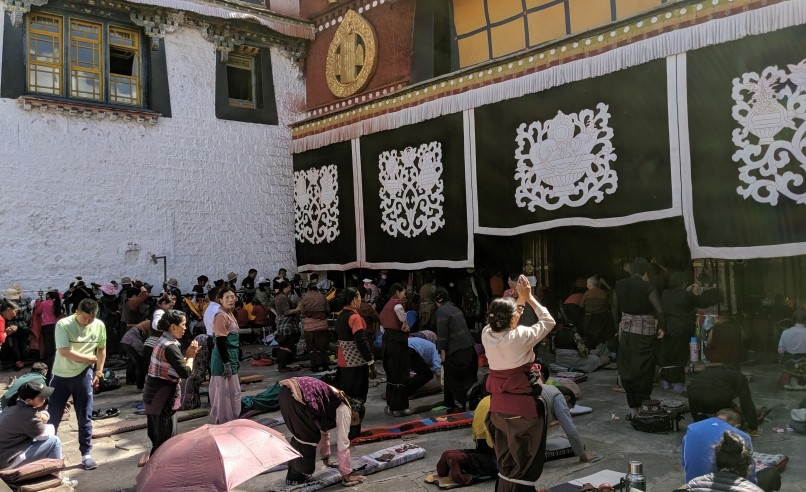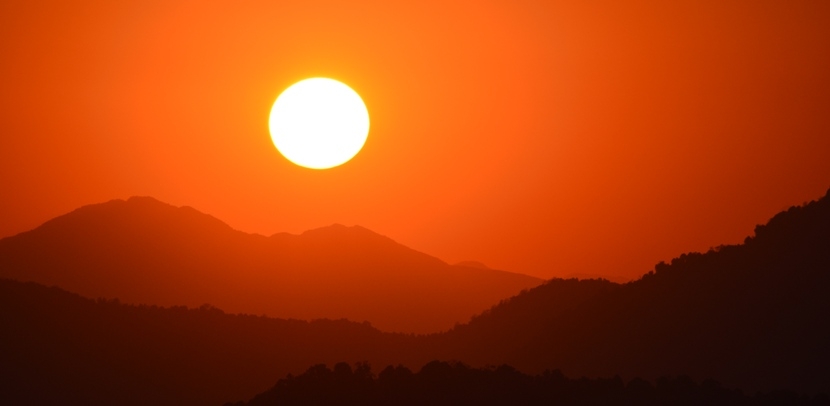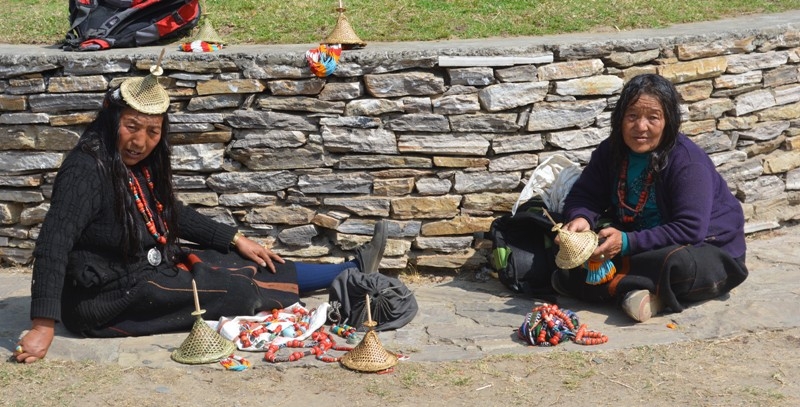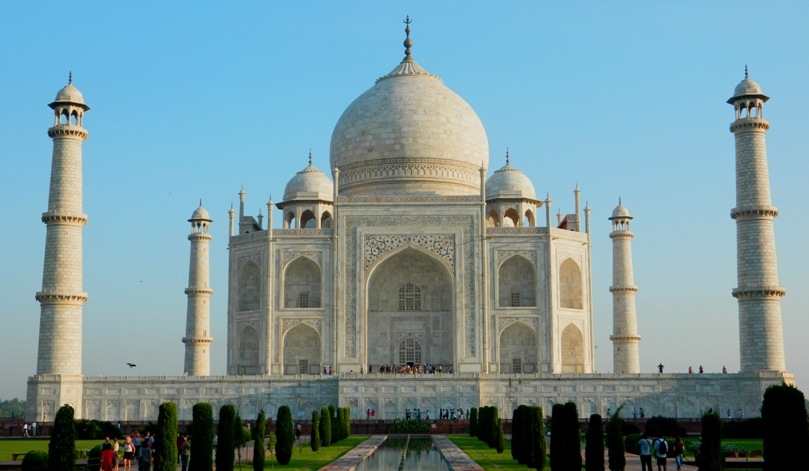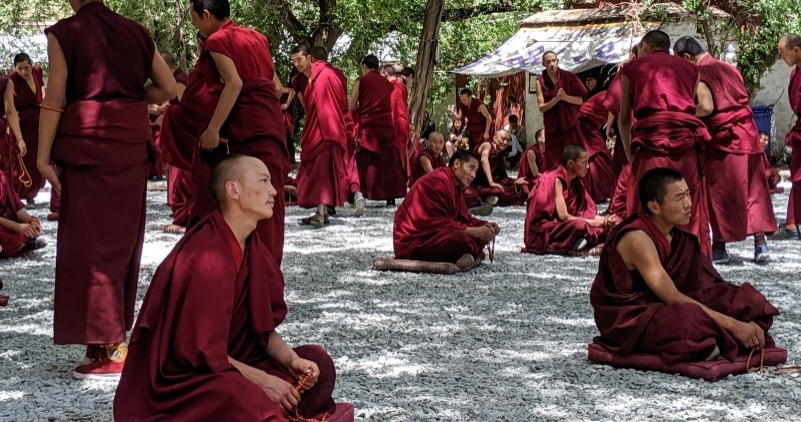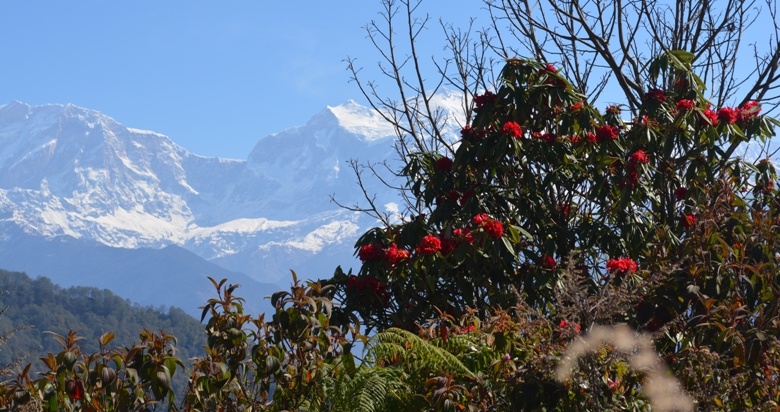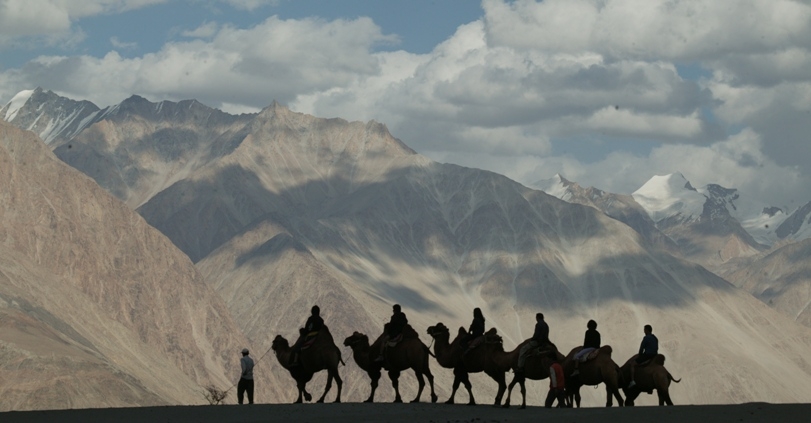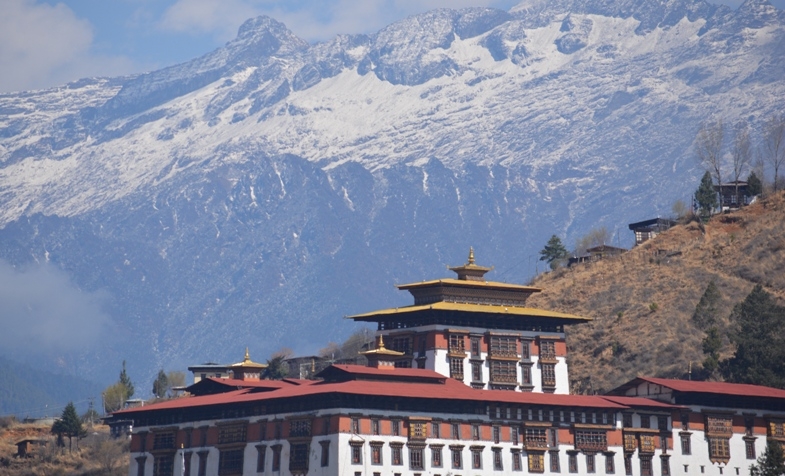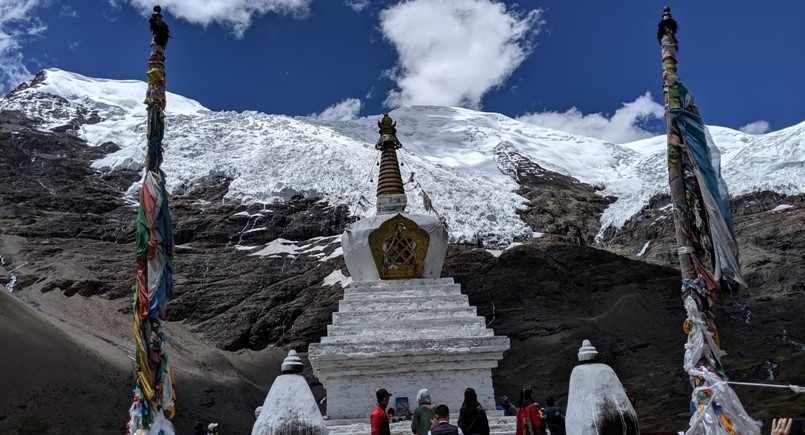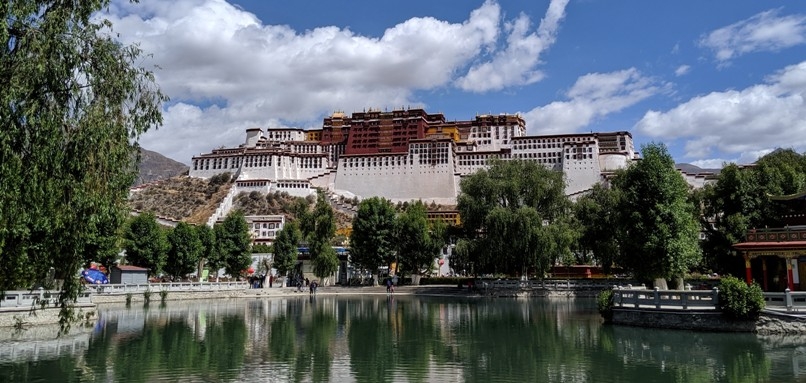The 10-day exploration of Mongolia's diverse landscapes, beginning in Ulaanbaatar with city sightseeing and a welcome dinner. The journey takes you through the scenic Middle Gobi, visiting Tsagaan Suvarga and the stunning White Stupa.
The adventure continues into the Gobi, exploring Yoliin Am Gorge with its deep canyon and wildlife. Highlights include the Khongor Sand Dunes, offering camel rides and picturesque sunset views, followed by the iconic Bayanzag Flaming Cliffs and the ancient capital of the Mongol Empire, Karakorum.
Cultural immersion awaits with visits to Erdene Zuu monastery, Turtle Rock, and a nomadic family. The tour also explores Ongi Monastery Ruins before concluding with a visit to Hustai National Park, home to the Takhi wild horses. The final day features a Ulaanbaatar city tour, showcasing landmarks and a captivating Mongolian folklore concert.
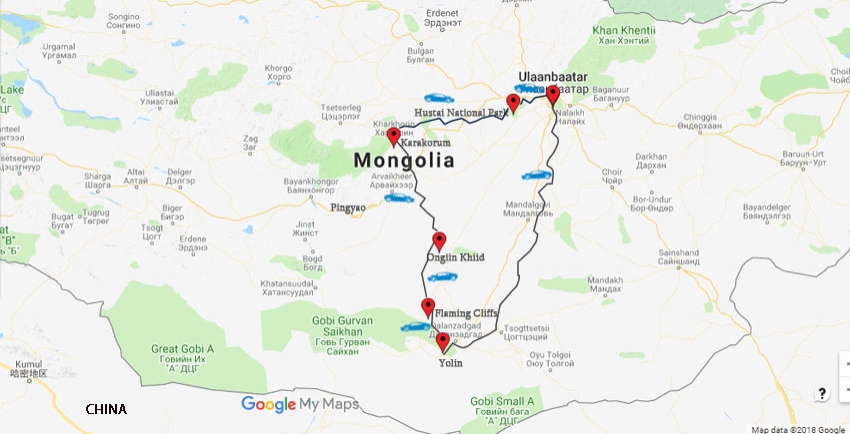
- Day 01 Arrival in Ulaanbaatar in Mongolia. Transfer to hotel.
- Day 03 Middle Gobi to the Gobi: Yoliin Am Gorge, hiking in the glacial gorge. (4hr drive)
- Day 05 Khongor Sands to the Bayanzag Flaming Cliffs. (3-4hr drive)
- Day 06 Ancient Capital Karakorum via Ongi Monastery Ruins. (6-7hr drive)
- Day 07 Karakorum with Nomadic Family Visit. (8hr excursion)
- Day 08 Karakorum to Hustai National Park. (3-4hr drive)
- Day 09 Hustai to Ulaanbaatar ( 2 hour drive)
- Day 10 Fly back to the U.S. or extend your trip to China/Tibet.
Day 01 Arrival in Ulaanbaatar in Mongolia. Transfer to hotel.
Upon arriving in Ulaanbaatar, you will be greeted by your local driver who will accompany you to your hotel. If the arrival time permits, there will be a city sightseeing tour followed by a welcome dinner.
Ulaanbaatar, the capital city, was established in 1639. Since then, it has proven to be a truly nomadic city, relocating more than 10 times before settling in its current location in 1778. Situated at an altitude of 1580 meters above sea level, Ulaanbaatar serves as the hub for political, economic, and cultural activities in Mongolia.
Overnight stay at the hotel.
Day 03 Middle Gobi to the Gobi: Yoliin Am Gorge, hiking in the glacial gorge. (4hr drive)
Today, embark on a 4-hour journey to the beautiful Gobi Gurvan Saikhan Park, making stops for nature photography along the way. Visit the newly constructed Gobi Museum before proceeding to Yoliin Am. Eagles soar overhead, scanning the desert for prey, while below, nomadic families engage in felt-making or gather around their livestock near scattered wells. Your route takes you past the 'Three Beauties,' the final peaks of the range, and then traverses the range itself. Explore Yolyn Am Gorge on foot, encountering wildlife along the way. Transfer to the Ger camp near the Gorge, enjoy dinner, and relax. (BLD)
Yoliin Am (Vulture’s Gorge) is a natural gem within Gobi Gurvan Saikhan National Park—a stunning deep canyon featuring rocky cliffs shaped by years of water erosion. Broad at the entrance, it gradually narrows into a remarkably beautiful gorge. A 3 km-long spring winds through the valley, freezing into a thick corridor of ice in July, which historically remained intact due to minimal sunlight exposure. However, recent years, partly due to global warming, have seen more substantial melting, with remnants of ice visible in summer but usually disappearing by mid-August. Following the canyon to its end reveals a wide, picturesque valley. The surrounding mountains house rare wildlife such as Argali wild sheep, Ibex, various birds of prey, and numerous small rodents endemic to the Gobi. A small museum at the entrance to the protected zone provides information on petrified trees, fauna, and flora of the Gobi. Exploring the canyon on foot (1.5-2 km one way) offers the most enriching experience.
Day 05 Khongor Sands to the Bayanzag Flaming Cliffs. (3-4hr drive)
Enjoy a leisurely morning at the stunning sand dunes. Later, transfer to a Ger camp near the Bayanzag Flaming Cliffs, where you can relax and have lunch. Watch a documentary about the Flaming Cliffs and their significance; it's the place where American explorer Roy Chapman Andrews first discovered dinosaur eggs. Afterward, explore Bayanzag on foot or by car, immersing yourself in the wilderness and unique natural formations. You may even have the chance to discover real dinosaur bones and eggs! Witness the inspiring Gobi sunset over the Flaming Cliffs in the evening.
Bayanzag is a valley that was once covered with Gobi saxaul trees and has transformed into a beautiful blend of the Gobi landscape, red earth cliffs, sands, and resilient saxaul trees. In the 1920s, American explorer Roy Chapman Andrews gained worldwide recognition for Bayanzag when he uncovered nests of dinosaur eggs—the first ever discovered—as well as well-preserved fossils of many previously unknown dinosaur species during his extensive expedition in Asia. Some of his remarkable findings are still showcased in the Natural History Museum in New York (with documentation indicating that his discoveries were transported on the backs of 70 camels!). The name "Flaming Cliffs" was purportedly given by Mr. Andrews himself, inspired by the stunning red appearance of the earth cliffs during sunset and sunrise.
Transfer to the Ger camp, enjoy dinner, and rest (en-suite facilities available).
Day 06 Ancient Capital Karakorum via Ongi Monastery Ruins. (6-7hr drive)
After breakfast, begin the journey north towards the ancient capital Karakorum. Admire the views of the Mongolian Gobi steppes, pause for lunch during the journey, and then proceed with the drive across the expansive steppes, arriving in Karakorum in the evening. Transfer to the Ger camp for a two-night stay.
Have dinner and rest at the Ger camp (en-suite facilities available).
Day 07 Karakorum with Nomadic Family Visit. (8hr excursion)
After breakfast, visit the legendary Erdene Zuu monastery, the first Buddhist monastery in Central Mongolia founded in 1586, and explore its surroundings, including Turtle Rock and the Phallic stone. Visit a nomadic family to witness the traditional process of making dairy products, including Airag – the famous Mongolian fermented horse milk drink (available from late July). Learn to cook a Mongolian dish and enjoy it for lunch. Arrive in Karakorum village in the early evening. Explore the Karakorum Museum to learn more about the Orkhon River Valley, a UNESCO World Heritage site in Mongolia. Optionally, partake in horse riding in the Orkhon River valley. Transfer to the ger camp, have dinner, and rest.
Dinner and rest at the ger camp (en-suite facilities available).
Karakorum is the ancient capital of the Mongol Empire, with its ruins located on the upper Orhon River in north-central Mongolia. The site of Karakorum may have been settled around 750. In 1220, Genghis Khan established his headquarters there, using it as a base for his invasion of China. In 1267, the capital moved to Khanbaliq (modern Beijing) by Kublai Khan. Genghis Khan's son, Ögödei, surrounded Karakorum with walls in 1235 and built a palace with 64 wooden columns on granite bases. The city once had many brick buildings, 12 shamanistic shrines, and two mosques, serving as an early center for sculpture and known for its great stone tortoises. After the fall of the Mongol Yuan Dynasty in Beijing, Mongol royals returned to Karakorum. In the 1400s, Chinese Ming soldiers burned Karakorum twice. In the 1500s, the city was partially rebuilt but eventually abandoned. In 1586, a Mongol prince started building Erdene Zuu monastery, which remains today only as a museum. The exact location of Karakorum was discovered in 1889 by two Russian Orientalists, and in 1948–49, the ruins were explored by members of the Academy of Sciences of the U.S.S.R., revealing Ögödei's palace and the remains of a late 12th- or early 13th-century Buddhist shrine.
Day 08 Karakorum to Hustai National Park. (3-4hr drive)
Enjoy breakfast and check out from the ger camp. Proceed with the drive to Hustai National Park, home to the Takhi wild horses and other wildlife in the wilderness. Upon arrival, have lunch at the Hustai camp. Visit the national park information center and embark on a hike to observe the Takhi wild horses and their little foals.
Dinner and rest at the ger camp.
Day 09 Hustai to Ulaanbaatar ( 2 hour drive)
After breakfast, embark on a 2-hour drive to Ulaanbaatar. Upon arrival, visit the Gandan Monastery – the largest Buddhist center in the country with 2000 active monks, the National Museum of Mongolia, and Sukhbaatar Square. Attend a Mongolian folklore concert followed by a farewell dinner.
Overnight at the hotel.
Day 10 Fly back to the U.S. or extend your trip to China/Tibet.
Transfer to airport and fly back home or extend your trip to China & Tibet.
